Client Experience
more topics
Shaping the Client's Experience
There are countless ways to define a “great experience”—and just as many expectations around what that looks like. That’s why experience programs can sometimes fall flat: misaligned perspectives make them hard to measure and even harder to manage. Take something as common as the annual client appreciation event. It’s a major effort and a valuable touchpoint, but who owns it? Is it the responsibility of a Client Experience (CX) team? Do you even have one? And if so, how does it align with the rest of the client’s journey? The real question is: does your organization offer a consistent, cohesive experience, or does it feel fragmented and improvised? Twennie helps technical teams think through these questions and build experience strategies that actually make sense on the ground.
Client Experience Programming
How do you build a program that creates alignment, audits current investments, and measurably transforms operations? Despite all the possible variations and opinions – these are ultimately all human experiences (“HX”) and can be designed with intentionality. In business, it is individual people making decisions about where they work, what they purchase, and who they partner with; therefore, there are evident and common components to building synchronous programs across your organization.
The Six Elements of Professional Relationships
Six “elements” (Insights, Onboarding, Engagement, Communication, Appreciation and Recognition, and Disruptions) are the main categories that make up all professional relationships because while the tactics may change, the main buckets remain consistent. And when companies can compartmentalize critical elements, it makes X both accessible and actionable.
suggested KPIs for this topic
These KPIs help you build a consistent, thoughtful client experience from first contact to final deliverable. They measure trust, communication, responsiveness, expectation-setting, and how effectively your team reduces client effort and anxiety throughout a project.

